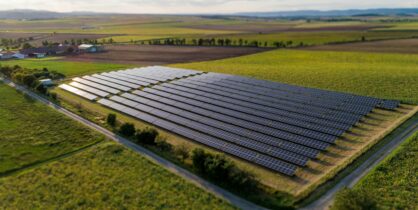Is Blue Carbon Our Best Bet for Building Back Europe’s Coasts?
The UK and Spain are working towards offsetting carbon emissions through coastal ecosystems, whose dynamics pose complexities for the market.
In the bay of Cádiz, in the South of Spain, the silence of the marsh is broken by a series of sharp, rhythmic blows. Fernando Brun holds a metal cylinder while Ignacio Hernández strikes it with a hammer. When the marine ecologists pull it out of the soft earth, it’s overflowing with dense, grayish soil—“like modeling clay,” Hernández says with a smile.
Roughly a thousand miles north of Cádiz, on the inland peninsula of Awre in England, another group of scientists examine a crumbling concrete seawall and the patchwork of farmland it currently protects. The site will soon be opened up to tidal flows, coating the landscape in sediment and creating a wellspring of biodiversity.
Both teams are getting their boots muddy for the same reason: they want to understand if this wet sediment can be used to underpin a new form of carbon credit. This marks the start of a high-stakes experiment: using these living, dynamic ecosystems to offset the carbon released by burning fossil fuels.

Introducing blue carbon
Stored in these sediments lie significant quantities of organic carbon, known as blue carbon for its presence in coastal and marine ecosystems like mangroves, salt marshes, and seagrass meadows. This natural reservoir plays a critical role in climate regulation.
The carbon storage potential of these coastal ecosystems is enormous. Salt marshes in the UK hold an estimated 5.2 million tonnes of carbon, with newly created marshes accumulating as much as 36.6 tonnes per hectare annually in the decades following their creation.
In Spain, figures are similarly high: the marshes along the southern coast hold an average of 359 tonnes of CO₂ per hectare in their top meter of sediment alone. Their annual sequestration potential is estimated at 8,400 tonnes of CO₂ in the Bay of Cádiz – about 10 times higher than that of a tropical forest.
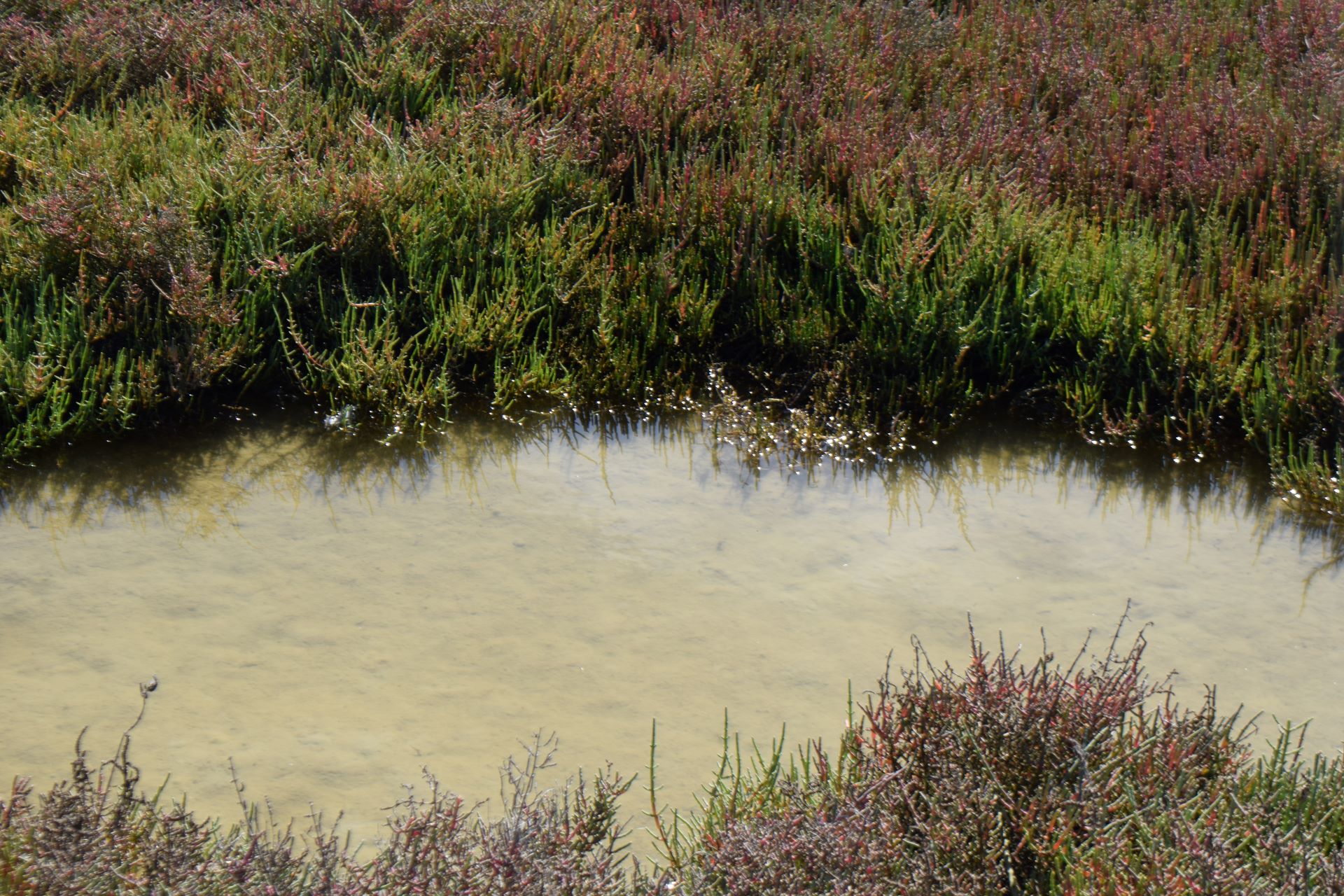
But once degradation begins, these coastal ecosystems can quickly transform from a carbon sink to a source of CO₂, warns Mar Otero, a marine scientist at the University of Málaga. “It’s also about preventing emissions”, she points out. There’s a lot on the line: it’s estimated that roughly half of Andalucía’s coastal and inland wetlands—around 130,000 hectares of flood-prone land—have already been lost, whereas in the UK, salt marsh coverage has declined by an estimated 85% since the 1800s, largely to land reclamation. Much of what remains exists in a fragile state.
Pioneering methodologies in both countries hope to use the sale of carbon credits to finance restoration and ecosystem creation. But by allowing companies to compensate their emissions with nature-based carbon capture, this approach risks continuing the patterns of climate instability that make these ecosystems vulnerable in the first place.
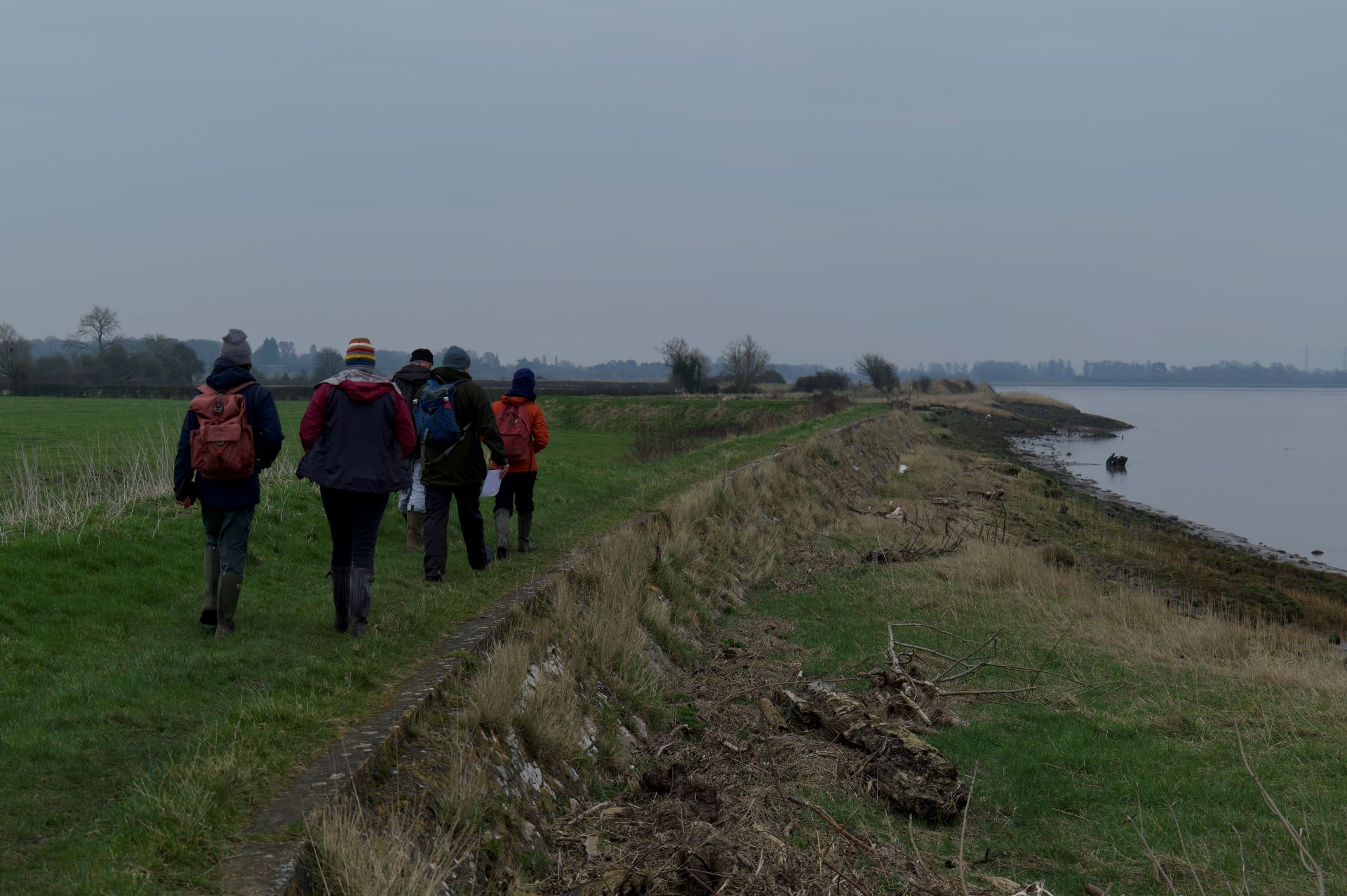
Tools of restoration
These methodologies are the UK Saltmarsh Code and the Andalusian Blue Carbon Standard. Methodologies act like a rulebook for carbon project developers, drawing on science to create techniques for measuring the carbon stored in an ecosystem, assessing the amount of carbon attributable to additional financing, and predicting how long that carbon will stay out of the atmosphere. While methods have existed for crediting carbon in mangroves, these two methodologies are pioneers for salt marsh and seagrass meadows, and among the earliest innovators in Europe.
On the inland peninsula of Awre, scientists are creating entirely new ecosystems through a process called ‘managed realignment’. This involves breaching existing seawalls, digging channels, and re-engineering a site’s hydrology by reconnecting the land to tidal flows. With these flows comes sediment deposition and a flourishing of biodiversity. The rate of sediment accumulation is tied to the height of high tides, meaning these ecosystems can continue to grow in tandem with sea-level rise, creating a self-repairing flood defence. Similarly, Spanish scientist teams are restoring salt marshes, though the focus in Andalusia is instead on existing ecosystems that have degraded and turned into sources of emissions. Beyond rewetting marshes, scientists are also turning their efforts to protecting threatened Posidonia seagrass meadows.
In both countries, these approaches serve not only as ecological interventions but also as tools of climate adaptation. In the UK, managed realignment is becoming a cornerstone of the nation’s flood defence strategy, particularly in low-lying coastal regions more vulnerable to storm surges and sea-level rise. In Spain, conservation of salt marshes and seagrass meadows is closely linked to the health of national parks and marine protected areas, which act as buffers against desertification, erosion, and biodiversity loss.
But these interventions are logistically complex and financially demanding. For instance, the largest managed realignment site in England, Steart Marshes in Somerset, cost an estimated £17 to 20 million, covering land costs, contracting of coastal engineers, and more.
This is one of the key motivations behind the development of carbon credit schemes: to unlock new sources of finance, the climate value of restored blue carbon ecosystems is quantified and monetised. Steart is estimated to have had a potential lifetime value of £31.4 million in carbon credit sales, had it been developed as a carbon project. In Spain, authorities estimated the price of a tonne of CO2 in a restored salt marsh to cost €3.24. The conservation of seagrass meadows, meanwhile, is significantly costlier, with prices reaching nearly €400/t CO2. But this exchange – treating a living, dynamic ecosystem as a counterweight to fossil extraction – is wrought with complexities.
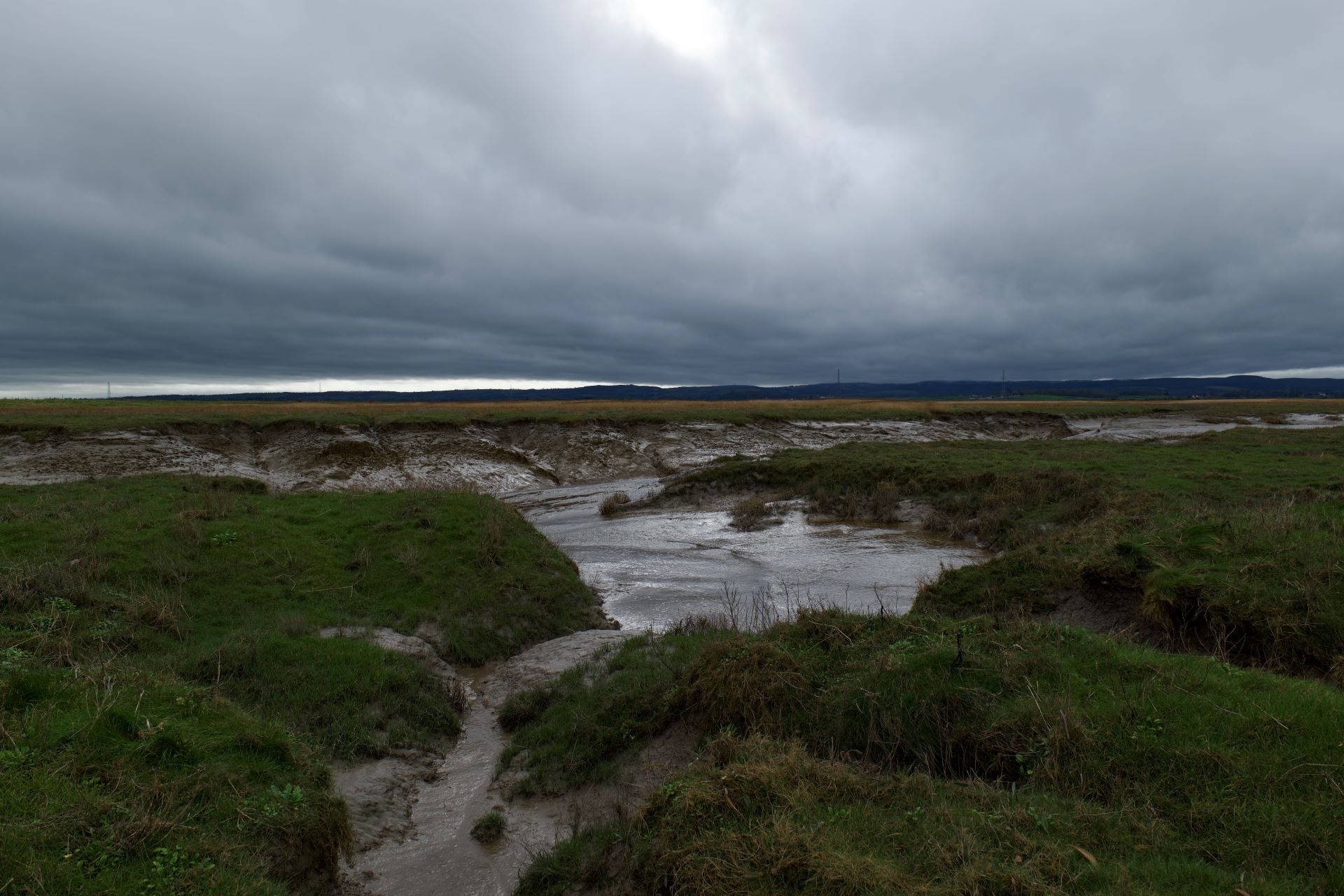
Commodifying the carbon cycle
In a similar manner to water, carbon is continually moving from the biosphere, where it acts as the key building block for all life, back to the atmosphere, as those living things break down and turn into greenhouse gases. On the rare occasion when organic, carbon-rich matter has been unable to break down for millions of years, and has been subjected to extreme pressure and heat, it is transformed into coal, oil, and natural gas. This effectively removes it from the active carbon cycle and places it into the far slower geological cycles of the Earth’s crust.
Carbon markets commodify this process by letting emitters purchase rights to the carbon temporarily stored in the biosphere. On paper, one credit is usually worth one ton of captured CO2. That company can then use these credits to make claims about having counterbalanced their greenhouse gas emissions, thus reaching ‘net’ targets.
Carbon credits are predominantly sold on voluntary carbon markets, as opposed to compulsory markets like the EU ETS. Credits minted via the UK Saltmarsh Code will be made available on the UK Land Carbon Registry – a public list of carbon projects, including their ownership status and their carbon calculation documentation. Once purchased from a project developer, they will not be available for resale.
In Spain, blue carbon credits are currently available through the Andalusian regional registry (SACE) and, most likely soon, through the national Registry of Carbon Footprint, Offsetting, and Carbon Dioxide Absorption Projects. Although Royal Decree 214/2025, which formally recognises blue carbon projects as eligible for compensation, entered into force in May 2025, no such projects have yet been registered at the national level (according to the registry updated on 1 July 2025). Under these schemes, companies can only offset emissions if they are direct investors in a project’s restoration, and they are not permitted to trade these credits on secondary markets, authorities tell REVOLVE.
While both methodologies and promoters endorse a hierarchy of avoiding and reducing emissions before offsetting residual ones, this is not a legal requirement for investing in blue carbon. Environmental groups like Ecologistas en Acción criticise this, arguing it allows polluters to maintain emissions while gaining a greener image and potential advantages in public procurement.
Although often framed as a reversal of fossil fuel emissions, nature-based offsets do not bring carbon out of the carbon cycle. Instead, they suspend it in the biosphere — sometimes for hundreds of years, but on minor scales at the level of deep time. The quality of credits depends on how long the carbon remains stored and the extent to which it can be proven that it would not have been stored without private investment.
The issue with this process is that the overall volume of carbon – pooled between the biosphere and atmosphere – continues to increase, even as emitters present themselves as having an overall net zero impact. Trapping carbon in the biosphere will prevent it from further warming the atmosphere. But the risk remains that the conditions preventing its release could change. In coastal ecosystems, this could happen through flooding, storms, land-use changes, or human pressures such as trawling and boat anchoring, which can destroy seagrasses. These factors make biosphere-stored carbon considerably more vulnerable than fossil carbon locked deep underground.
Muddying the waters
Creating reliable carbon credits then depends on understanding how ecosystems interact with the carbon cycle – something that becomes increasingly complex in watery, sediment-rich environments.
Martin Skov, a Danish marine ecologist involved in Kenya’s pioneering blue carbon trading schemes for mangrove conservation, notes that while accounting for new carbon sequestration in trees is relatively straightforward, attributing carbon storage in soils is far more complex. This is especially true in coastal wetlands, which are open systems where water continuously carries in carbon-rich matter from both land and sea, “like bits of seaweed, terrestrial leaves, or grass material”.
“In a forest, you measure the size of the tree and know roughly 50% of the biomass of that tree is carbon that has been extracted from the atmosphere and fixed in the biomass.” But the carbon in a wetland’s soil has often been sequestered – and credited – elsewhere, then being ‘imported’ via water flows. This complexity creates a risk of counting carbon sequestration twice and feeds into broader methodological challenges.”

How to model a marsh
The first challenge relates to measuring carbon stocks and considering how much of the carbon in these ecosystems’ sediment and biomass is being stored because of the restoration or conservation works and the extra investments from credit sales. This is called additionality and is the base condition on which the carbon market operates. Effectively, a carbon ton that would’ve been stored regardless of a restoration or conservation project and investment should not be sold as an offsetting credit.
To estimate how much organic carbon a restored marsh is sequestering and storing, cores are taken with instruments like Hernández and Brun’s cylinder. In newly created marshes, like those in the UK, calculating carbon storage is simpler. The measurements are compared to a baseline representing a previously non-existent ecosystem.
This baseline is a model of how much carbon would have been stored on the site without the intervention of carbon market financing. In Spain, however, where seagrass meadows and salt marshes already exist, it becomes much more complex. As such, Andalusia’s blue carbon pilot projects face a significant hurdle in proving that the funded actions truly generate new carbon sequestration.
Critics argue that private companies may simply be funding efforts the government should already be fulfilling, meaning the resulting carbon credits might not reflect genuine, incremental climate benefits. In Spain, for instance, most of the salt marshes and seagrass meadows in the pilot areas lie within protected natural parks, whose conservation is required by Spain’s environmental laws. However, Berkeley experts acknowledge that if public funding is limited or unlikely in the short term, the role of private finance could still be justified—unless it displaces public funds. In an interview with REVOLVE, Inmaculada Tola of the Andalusian Climate Office rejects any critique of a lack of additionality, asserting that the pilot projects go “beyond the conservation plans” and stressing the lack of public funding: “Administrations should have more resources,” she concedes, but until then, “private investment must be encouraged.”
Finally, carbon methodologies need to predict the likelihood that the carbon accumulated and sequestered will remain in the biosphere long into the future. This is called a project’s permanence. With blue carbon ecosystems, the same dynamism that makes them fantastic flood defences makes measuring their permanence uncertain.
Craig Smeaton, a Scottish marine geologist, has studied these dynamics. To continue adapting to changing tidal patterns, he explains, wetlands need access to a continuous supply of sediment and a stretch of land inland from the coast into which they can expand. The pace of sea-level rise also needs to move more slowly than the ecosystem grows. If this equilibrium breaks, the ecosystem will start to drown, and the sediment stock will erode, spilling carbon rich matter into the wider estuary and open ocean.
“Once it hits that tipping point, the switch from accumulation to erosion is going to kick in quite quickly”, Smeaton explains. If an ecosystem is blocked from expanding by a seawall, lacks these sediment flows, or cannot keep pace with the rising ocean, it will die off.
Making saltmarsh projects permanent, therefore, requires projects to have this large tract of land – called a transgression zone – available to the migrating marsh. This adds to the land costs and the potential conflicts with existing land users.
De-risking nature
Carbon methodologies address the challenge of uncertain permanence through an insurance mechanism known as a buffer pool. This system sets aside a portion of credited carbon from all projects into a common reserve. Each project contributes a required share to the buffer pool, reducing potential profits but ensuring that environmental risks outside developers’ control are absorbed across all projects.
Sanchi Gupta, a senior associate at the consultancy and fund manager Finance Earth, who leads the financial side of the UK Saltmarsh Code’s development, explains that the Saltmarsh code is opting for a ‘variable’ buffer. This requires riskier projects to contribute more to the buffer pool:
“Salt marsh projects in different parts of the country vary significantly. They have different carbon rates depending on location and face differing levels of ecological and climate-related risk – like coastal erosion”, she says.
This variable buffer can then end up with projects contributing between 15-40% of their credits to the buffer pool, she adds. “From the financial side, that has quite a big impact, since it means that you’re taking almost half of the carbon revenues out of the project.”
The cost of mitigating this risk, under the current financing model, will likely rely on a blend of public and private funding. But this raises a deeper question about who benefits from the system. When consulted by REVOLVE, the scientific team from the Berkeley Carbon Trading Project praised the UK Saltmarsh Code’s unusually large buffer pool but noted that publicly funded portions of projects do not currently reduce the amount of credits that can be sold. In other words, private actors may profit from credits that wouldn’t exist without public money, creating a ‘de-risked’ asset class for private investors, off the back of public subsidy.
Bringing this up with Annette Burden, the coordinator of the UK code, she acknowledged the issue but added a caveat: the public benefit isn’t just financial – it’s the creation of an ecosystem that might otherwise have been unaffordable. These subsidies are then a way to wrangle private capital towards the cause of nature restoration, through the creation of steady returns.
The Spanish case largely avoids this question of risk altogether. Companies funding Andalusia’s blue carbon projects initially receive credits for only 20% of estimated removals, with 2% set aside in a risk buffer – falling short of standards like Gold Standard’s 20% buffer, as experts at Carbon Market Watch consulted by REVOLVE warn. Project backers, however, point to their protocol aligning with the requirements established in the new European certification regulation for permanent carbon sequestration and carbon culture (CRCF), approved at the end of 2024.
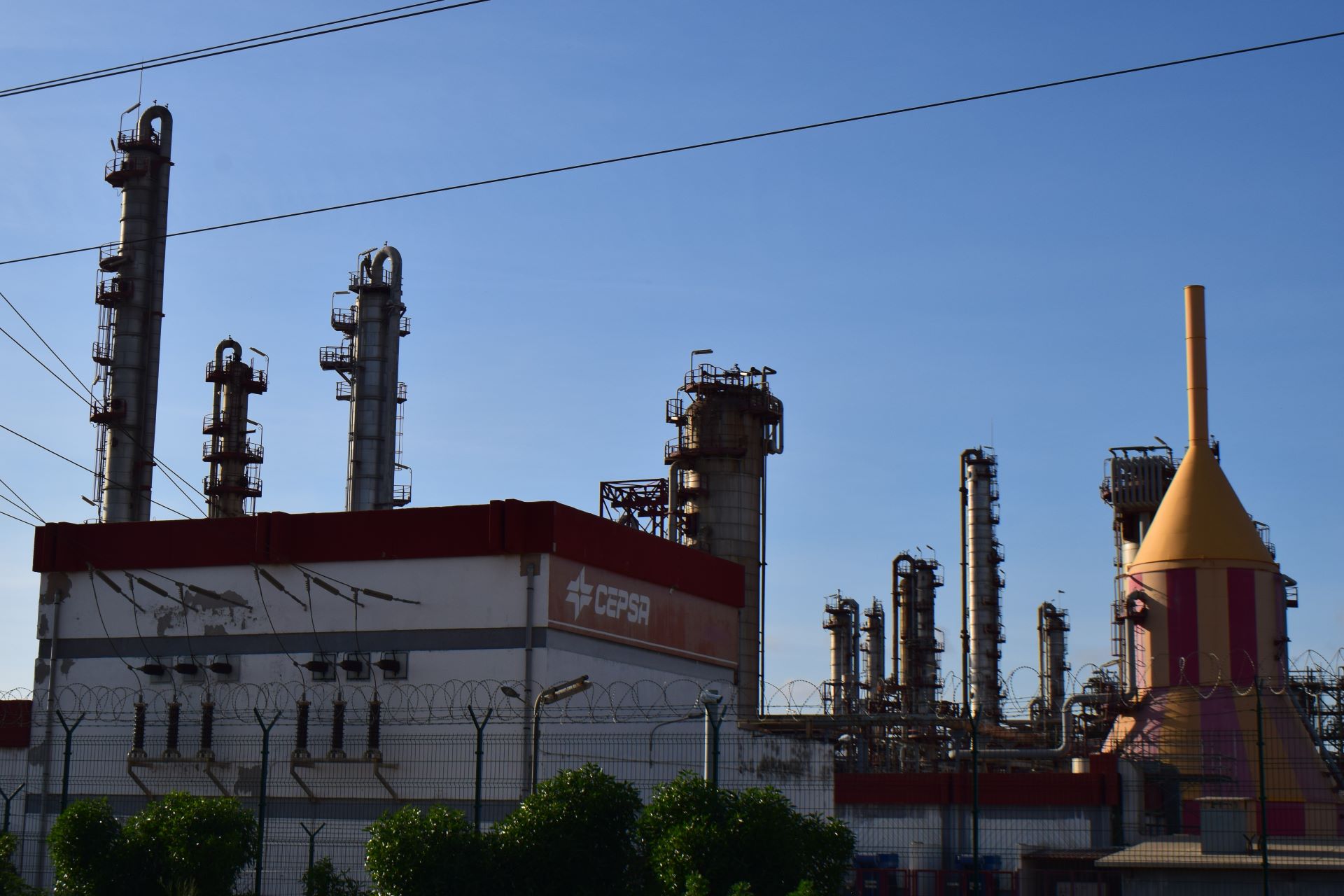
Moving beyond offsetting
The efforts to understand how coastal ecosystems interact with the carbon cycle have taken blue carbon from a niche interest of scientists like Skov and Burden to a global research agenda flush with funding.
But many of our sources feel as though this has narrowed the focus toward carbon, while neglecting building our understanding of the other benefits and complexities of these ecosystems: their biodiversity, role in purifying water and flood prevention, and wider entanglements with human societies and health.
Burden and the wider UK Saltmarsh Code team have hopes to bring these benefits into the methodology. Climate and ocean scientist Rae Taylor-Burns, from the Berkeley Carbon Trading Project suggests that these other approaches “present fewer problems than carbon credits” because “they’re just not as quantitative”. A company could claim the PR benefit of having financed nature restoration, flood protection, and community benefit without suggesting this firmly reverses their environmental harms elsewhere. In fact, this “contribution rather than compensation” approach is the change in the carbon market that the BCTP expert team defends to make private financing of carbon-absorbing nature solutions work for climate change mitigation. However, the team at Carbon Market Watch is more critical, highlighting that the creation of credits for these extra benefits opens up a wave of questions and complexities around additionality.
While interest from private investors and public authorities grows, the lopsided nature of the carbon market is the source of broader frustration among scientists and activists. Too often, the rigorous accounting falls on conservationists and researchers, rather than on the polluters themselves, voices Annette Burden:
“The thing that bothers me about this whole process is the heavy emphasis on measuring exactly how much carbon benefit a project delivers,” she explains. “I’m caught in the middle. I completely understand and support the need for precise measurements—otherwise corporates could be falsely offsetting, which is the worst outcome. But at the same time, I’m frustrated that unless we can measure it perfectly, our hands are tied, even though there are many other reasons why habitat restoration is a brilliant thing to do. Wouldn’t it be brilliant if companies—oil companies or whatever—actually had to pay? I wish we didn’t need the voluntary carbon market.”
This article was developed with the support of Journalismfund Europe.

Satellite image 1: Satellite imagery of RSPB’s Hesketh Out Marsh, before and after managed realignment. The original tidal channels are still visible due to the short time since reclamation. Google Earth (2005, 2024).
Satellite image 2: Satellite imagery of WWT’s Steart Marshes, before and after managed realignment. The second image shows coastal engineering, prior to large-scale saltmarsh growth. Google Earth (2009, 2016).
